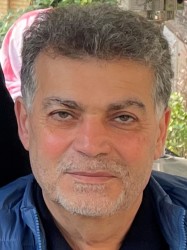BibTex format
@article{Seno:2019:10.1016/j.ymssp.2019.04.023,
author = {Seno, AH and Sharif, Khodaei Z and Aliabadi, MHF},
doi = {10.1016/j.ymssp.2019.04.023},
journal = {Mechanical Systems and Signal Processing},
pages = {20--36},
title = {Passive sensing method for impact localisation in composite plates under simulated environmental and operational conditions},
url = {http://dx.doi.org/10.1016/j.ymssp.2019.04.023},
volume = {129},
year = {2019}
}

